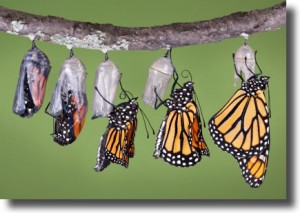 We had our Sunday Introduction to Meditation Class at Yoga Bliss today. We continued to focus on the tactile field of the body. We drew our practice inspiration from B. Alan Wallace’s Minding Closely: The Four Applications of Mindfulness. Like last week we included two practice periods and a walking meditation.
We had our Sunday Introduction to Meditation Class at Yoga Bliss today. We continued to focus on the tactile field of the body. We drew our practice inspiration from B. Alan Wallace’s Minding Closely: The Four Applications of Mindfulness. Like last week we included two practice periods and a walking meditation.
Alan teaches an approach to meditation which is informed by a traditional saying in the Buddhist contemplative tradition: “Good in the beginning, good in the middle, good in the end.” These “goods” can be explained by three aspects of successful practice. Good in the beginning refers to our motivation. We start each session by generating our highest aspiration for the practice. Good in the middle refers to maintaining a continuity of focused attention. Good in the end refers to dedicating the value of our practice to the achievement of everyone’s most meaningful aspirations.
Motivation can give us the energy to actually do this challenging practice of stopping. Entering stillness. Exploring. Alan asks: “How would you love to enrich and transform your life, your mind, your engagement with the world?” This query is a good one for on going reflection. Then, to enter stillness, we must let the questions “dissolve” and rest in pure awareness. Sustained awareness creates the space in which every experience becomes an object of attention. It’s tricky though – while we witness all phenomena – we don’t involve ourselves in it by grasping or pushing away.
Finally, at the close of each session, we bring to mind our most meaningful aspirations for our practice and envision their actualization with the yearning: May these wishes be filled by the value of this practice, with great benefit for all.
Our class was good in the beginning, middle and end. Students shared personal reflections of working with contemplative themes including gratitude and staying with a good experience long enough to really take it – both ways of bringing mindfulness off our cushions into the stream of life. I believe we build a sort of ballast or deep keel this way – we move against the stream of non-stop overstimulation. We prime ourselves for those flashes of insight that come spontaneously to help us let go of a fixed view or see something in a new, fresh way. I think we also do this in conversation with each other. It is such a gift to learn from those in our open circle.
I will think of you swimming up stream this week. You can find some practice guidelines and resources at:
